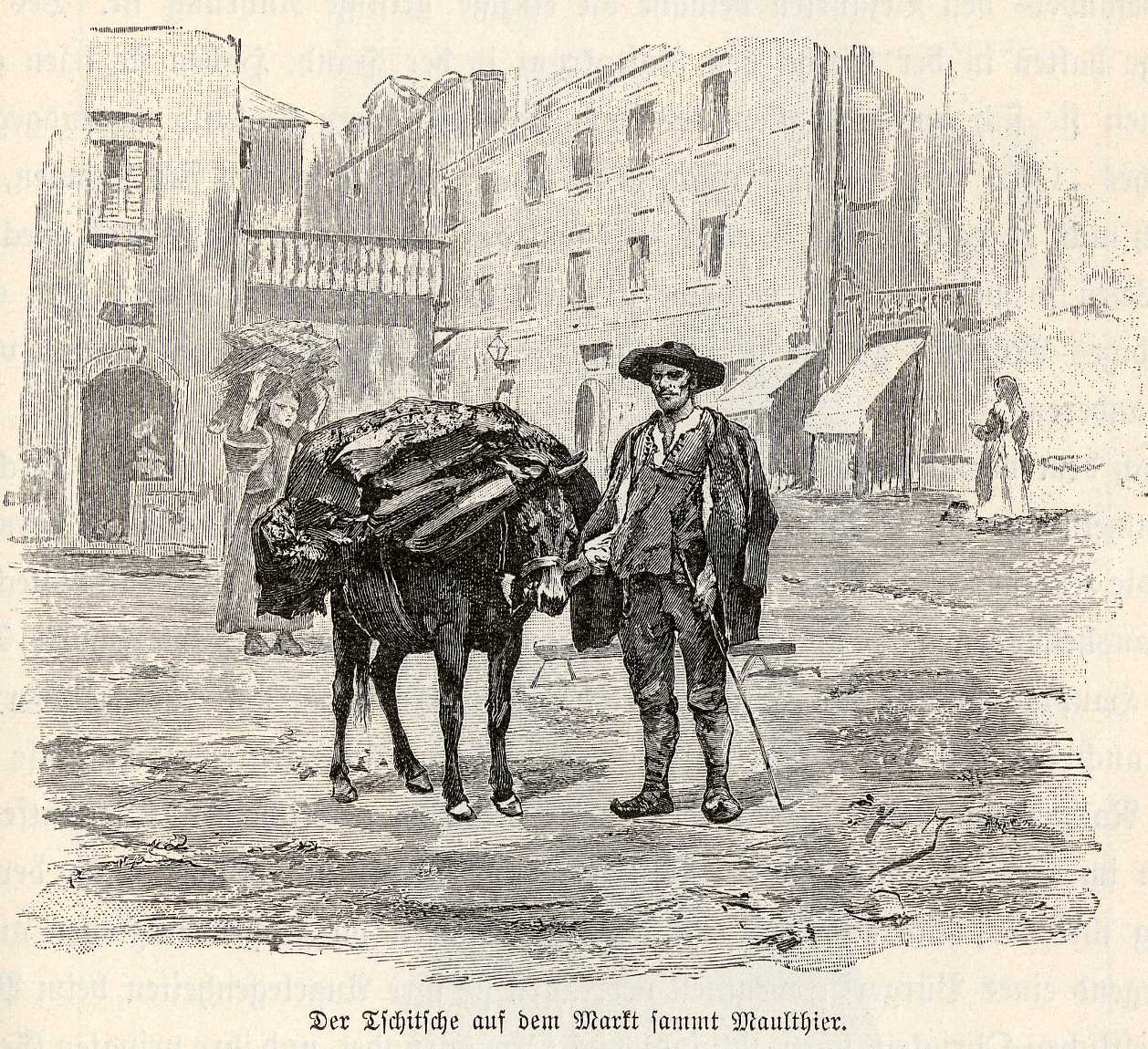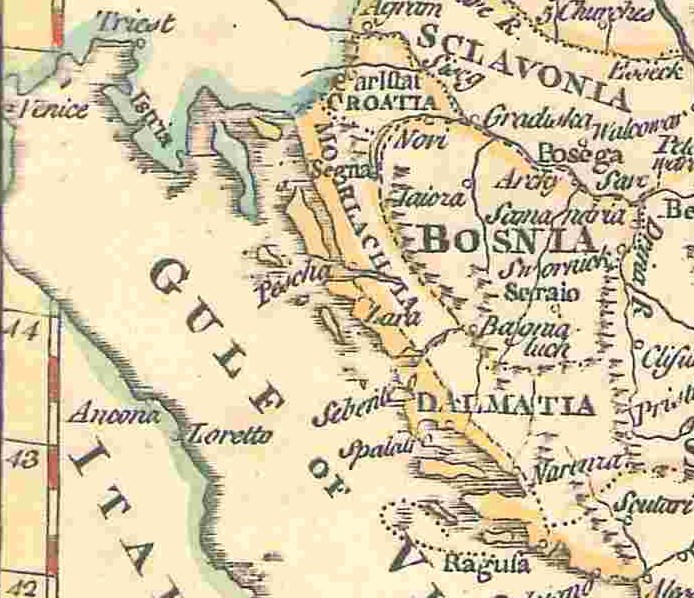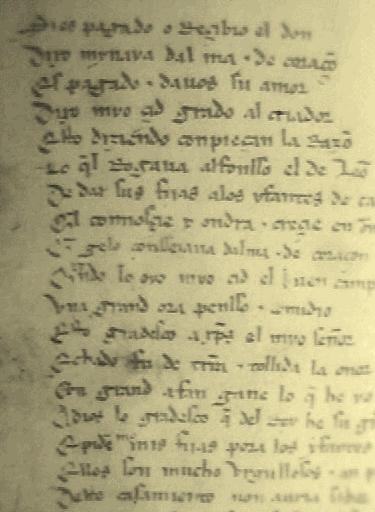|
Ćići
Ćić (plural Ćići, , , ) is an ethnonym and Exonym and endonym, exonym in a broader sense for all the people who live in the mountainous Ćićarija area in Croatia and Slovenia. Alongside the term ''Ćiribirci'', in the narrow sense, it is an exonym referring to a community of the Istro-Romanians in the village Žejane in a small part of eastern Ćićarija and the villages around the former Lake Čepić west of the Učka range in Istria, Croatia. Etymology The first, unspecified thesis of possible Romance origin was given by Franz Miklosich in 1860 when he designated all ''Čiči'' as "overall Slavicized Romanians". Linguist and phonologist Josip Ribarić (1880–1954), a native of Vodice in Ćićarija, disproved this thesis with historical documents, anthroponyms and language dialects in the Karst Plateau, karst. According to him, the term ''Ćići'' initially referred to the Romance language, Romance-speaking Balkan population, the same as ''Morlachs'' (i.e. ''Vlachs of Croati ... [...More Info...] [...Related Items...] OR: [Wikipedia] [Google] [Baidu] |
Vlachs Of Croatia
The term ''Vlachs'' () was initially used in medieval Croatian and Venetian history for a Romance-speaking pastoralist community, called "Vlachs" and "Morlachs", inhabiting the mountains and lands of the Croatian Kingdom and the Republic of Venice ( Venetian Dalmatia) from the early 14th century. By the end of the 15th century they were highly assimilated with the Slavs and lost their language or were at least bilingual, while some communities managed to preserve and continue to speak their language (Istro-Romanians). Later in the 16th and 17th century with the Ottoman conquest and mass migrations, the term was primarily used for a socio-cultural and professional segment of the population rather than to an ethnicity, and referred to the mostly Slavic-speaking emigrants and refugees from Ottoman-held territories to the Habsburg Empire (such as Croatia) and the Republic of Venice (Dalmatia), mostly of Eastern Orthodox faith, and to a lesser degree, Catholic. With the nation-buil ... [...More Info...] [...Related Items...] OR: [Wikipedia] [Google] [Baidu] |
Istro-Romanians
The Istro-Romanians ( or ) are a Romance languages, Romance ethnic group native to or associated with the Istria, Istrian Peninsula. Historically, they inhabited vast parts of it, as well as the western side of the island of Krk until 1875. However, due to several factors such as the industrialization and modernization of Istria during the socialist regime of Socialist Federal Republic of Yugoslavia, Yugoslavia, many Istro-Romanians emigrated to other places, be they Croatian cities such as Pula and Rijeka or places such as New York City, Trieste and Western Australia. The Istro-Romanians dwindled severely in number, being reduced to eight Human settlement, settlements on the Croatian side of Istria in which they do not represent the Ethnic majority, majority. It is known that the Istro-Romanians are actually not indigenous to Istria, since the differences between the Istro-Romanian language and the now Language death, extinct geographically close Dalmatian language, Dalmatian ar ... [...More Info...] [...Related Items...] OR: [Wikipedia] [Google] [Baidu] |
Istro-Romanian Language
The Istro-Romanian language () is an Eastern Romance languages, Eastern Romance language, spoken in a few villages and hamlets in the peninsula of Istria in Croatia, as well as in the diaspora of this people. It is sometimes abbreviated to IR. While its speakers call themselves ''Rumeri'', ''Rumeni'', they are also known as ''Vlachs'', ''Rumunski'', ''Ćići'' and ''Ćiribiri''. The last one, used by ethnic Croats, originated as a disparaging nickname for the language, rather than its speakers. Due to the fact that its speakers are estimated to be fewer than 500, it is listed among languages that are "severely endangered" in the UNESCO ''Atlas of the World's Languages in Danger''. It is also considered by some Romanian scholars to be an idiosyncratic offshoot dialect of Romanian language, Romanian. Recent history The Istro-Romanians have faced many significant challenges in preserving their language, culture and ethnic identity, including emigration from communism and migrat ... [...More Info...] [...Related Items...] OR: [Wikipedia] [Google] [Baidu] |
Ćićarija
Ćićarija (; ; ; ) is a mountainous plateau in the northern and northeastern part of the Istria peninsula, long and wide. It mostly lies in Croatia, while its northern part lies in southwestern Slovenia (the traditional region of Inner Carniola). The highest peak is Veliki Planik at . At (2001), Ćićarija is sparsely populated, due to its karst landscape, poor economic development and rough climate. Name The name ''Ćićarija'' is derived from the South Slavic term ''Ćići, Ćić'', which refers to Istrians living in the area around the Učka, Učka Mountains, originally referring to the Vlachs and Istro-Romanians of the area. The ethnonym is believed to derive from the Istro-Romanian language, Istro-Romanian word ''ce'' 'what', which is a semantic basis for other regional ethnonyms (cf. ''Kajkavian dialect, Kajkavian'', ''Chakavian dialect, Chakavian'', etc.). Sources * * * References Bibliography * External links * {{DEFAULTSORT:Cicarija Landforms of Istri ... [...More Info...] [...Related Items...] OR: [Wikipedia] [Google] [Baidu] |
≈Ωejane
Žejane (; ) is a village in the eastern part of the mountainous Ćićarija area in Istria, in western Croatia. Administratively it belongs to the municipality of Matulji in Primorje-Gorski Kotar County. In 2011, the population of Žejane was 130. Description The village is 18 km north-west of Matulji, near the municipality road leading from Vele Mune and Male Mune to Opatija and Rijeka, in a karst valley between two mountain ridges. The village is known for the Ćići: Istro-Romanians The Istro-Romanians ( or ) are a Romance languages, Romance ethnic group native to or associated with the Istria, Istrian Peninsula. Historically, they inhabited vast parts of it, as well as the western side of the island of Krk until 1875. Howe ... who settled here in the late 15th, or early 16th century from 1510 until 1525, when the villages Vele Mune, Male Mune, and Žejane were settled by Krsto Frankopan. Demography Citations Bibliography * * * * * External links {{DEFAU ... [...More Info...] [...Related Items...] OR: [Wikipedia] [Google] [Baidu] |
Vulgar Latin
Vulgar Latin, also known as Colloquial, Popular, Spoken or Vernacular Latin, is the range of non-formal Register (sociolinguistics), registers of Latin spoken from the Crisis of the Roman Republic, Late Roman Republic onward. ''Vulgar Latin'' as a term is both controversial and imprecise. Spoken Latin existed for a long time and in many places. Scholars have differed in opinion as to the extent of the differences, and whether Vulgar Latin was in some sense a different language. This was developed as a theory in the nineteenth century by François Just Marie Raynouard, Raynouard. At its extreme, the theory suggested that the written register formed an elite language distinct from common speech, but this is now rejected. The current consensus is that the written and spoken languages formed a continuity much as they do in modern languages, with speech tending to evolve faster than the written language, and the written, formalised language exerting pressure back on speech. ''Vulgar ... [...More Info...] [...Related Items...] OR: [Wikipedia] [Google] [Baidu] |
Palatalization (phonetics)
In phonetics, palatalization (, ) or palatization is a way of pronouncing a consonant in which part of the tongue is moved close to the hard palate. Consonants pronounced this way are said to be palatalized and are transcribed in the International Phonetic Alphabet by affixing a superscript ''j'' ‚ü® ≤‚ü© to the base consonant. Palatalization is not Phonemic contrast, phonemic in English, but it is in Slavic languages such as Russian language, Russian and Ukrainian language, Ukrainian, Finnic languages such as Estonian language, Estonian, Karelian language, Karelian, and V√µro language, V√µro, and other languages such as Irish language, Irish, Marshallese language, Marshallese, Kashmiri language, Kashmiri, and Japanese language, Japanese. Types In technical terms, palatalization refers to the secondary articulation of consonants by which the body of the tongue is raised toward the hard palate and the alveolar ridge during the articulation of the consonant. Such consonants are phon ... [...More Info...] [...Related Items...] OR: [Wikipedia] [Google] [Baidu] |
Megleno-Romanian Language
Megleno-Romanian (known as by its speakers, and Megleno-Romanian or Meglenitic and sometimes Moglenitic or Meglinitic by linguists) is an Eastern Romance languages, Eastern Romance language, similar to Aromanian language, Aromanian. It is spoken by the Megleno-Romanians in a few villages in the Moglena region that spans the border between the Greece, Greek region of Macedonia (Greece), Macedonia and North Macedonia. It is also spoken by emigrants from these villages and their descendants in Romania, in Turkey by a small Muslim group, and in Serbia. It is considered an endangered language. Classification Megleno-Romanian is a member of the family of Romance languages. More specifically, it is an Eastern Romance languages, Eastern Romance language, a language formed after the retreat of the Roman Empire from the Balkans. Due to the fact that it is spoken by very few people and because of its similarities with the Aromanian language, Aromanian, modern Romanian language, Romanian ... [...More Info...] [...Related Items...] OR: [Wikipedia] [Google] [Baidu] |
Morlachs
Morlachs ( sh-Latn-Cyrl, Morlaci, Морлаци; ; ) is an exonym used for a rural Christian community in Herzegovina, Lika and the Dalmatian Hinterland. The term was initially used for a bilingual Vlach pastoralist community in the mountains of Croatia from the second half of the 14th until the early 16th century. Then, when the community straddled the Venetian– Ottoman border until the 17th century, it referred only to the Slavic-speaking people of the Dalmatian Hinterland, Orthodox and Catholic, on both the Venetian and Turkish side. The exonym ceased to be used in an ethnic sense by the end of the 18th century, and came to be viewed as derogatory, but has been renewed as a social or cultural anthropological subject. As the nation-building of the 19th century proceeded, the Vlach/Morlach population residing with the Croats and Serbs of the Dalmatian Hinterland espoused either a Croat or Serb ethnic identity, but preserved some common sociocultural outlines. Etymology ... [...More Info...] [...Related Items...] OR: [Wikipedia] [Google] [Baidu] |
Serbia
, image_flag = Flag of Serbia.svg , national_motto = , image_coat = Coat of arms of Serbia.svg , national_anthem = () , image_map = , map_caption = Location of Serbia (green) and the claimed but uncontrolled territory of Kosovo (light green) in Europe (dark grey) , image_map2 = , capital = Belgrade , coordinates = , largest_city = capital , official_languages = Serbian language, Serbian , ethnic_groups = , ethnic_groups_year = 2022 , religion = , religion_year = 2022 , demonym = Serbs, Serbian , government_type = Unitary parliamentary republic , leader_title1 = President of Serbia, President , leader_name1 = Aleksandar Vučić , leader_title2 = Prime Minister of Serbia, Prime Minister , leader_name2 = Đuro Macut , leader_title3 = Pres ... [...More Info...] [...Related Items...] OR: [Wikipedia] [Google] [Baidu] |
Bulgaria
Bulgaria, officially the Republic of Bulgaria, is a country in Southeast Europe. It is situated on the eastern portion of the Balkans directly south of the Danube river and west of the Black Sea. Bulgaria is bordered by Greece and Turkey to the south, Serbia and North Macedonia to the west, and Romania to the north. It covers a territory of and is the tenth largest within the European Union and the List of European countries by area, sixteenth-largest country in Europe by area. Sofia is the nation's capital and List of cities and towns in Bulgaria, largest city; other major cities include Burgas, Plovdiv, and Varna, Bulgaria, Varna. One of the earliest societies in the lands of modern-day Bulgaria was the Karanovo culture (6,500 BC). In the 6th to 3rd century BC, the region was a battleground for ancient Thracians, Persians, Celts and Ancient Macedonians, Macedonians; stability came when the Roman Empire conquered the region in AD 45. After the Roman state splintered, trib ... [...More Info...] [...Related Items...] OR: [Wikipedia] [Google] [Baidu] |
Republic Of Macedonia
North Macedonia, officially the Republic of North Macedonia, is a landlocked country in Southeast Europe. It shares land borders with Greece to the south, Albania to the west, Bulgaria to the east, Kosovo to the northwest and Serbia to the north. It constitutes approximately the northern third of the larger geographical Macedonia (region), region of Macedonia. Skopje, the capital and largest city, is home to a quarter of the country's population of over 1.83 million. The majority of the residents are ethnic Macedonians (ethnic group), Macedonians, a South Slavs, South Slavic people. Albanians in North Macedonia, Albanians form a significant minority at around 25%, followed by Turks in North Macedonia, Turks, Romani people in North Macedonia, Roma, Serbs in North Macedonia, Serbs, Bosniaks in North Macedonia, Bosniaks, Aromanians in North Macedonia, Aromanians and a few other minorities. The region's history begins with the Paeonia (kingdom), kingdom of Paeonia. In the la ... [...More Info...] [...Related Items...] OR: [Wikipedia] [Google] [Baidu] |



